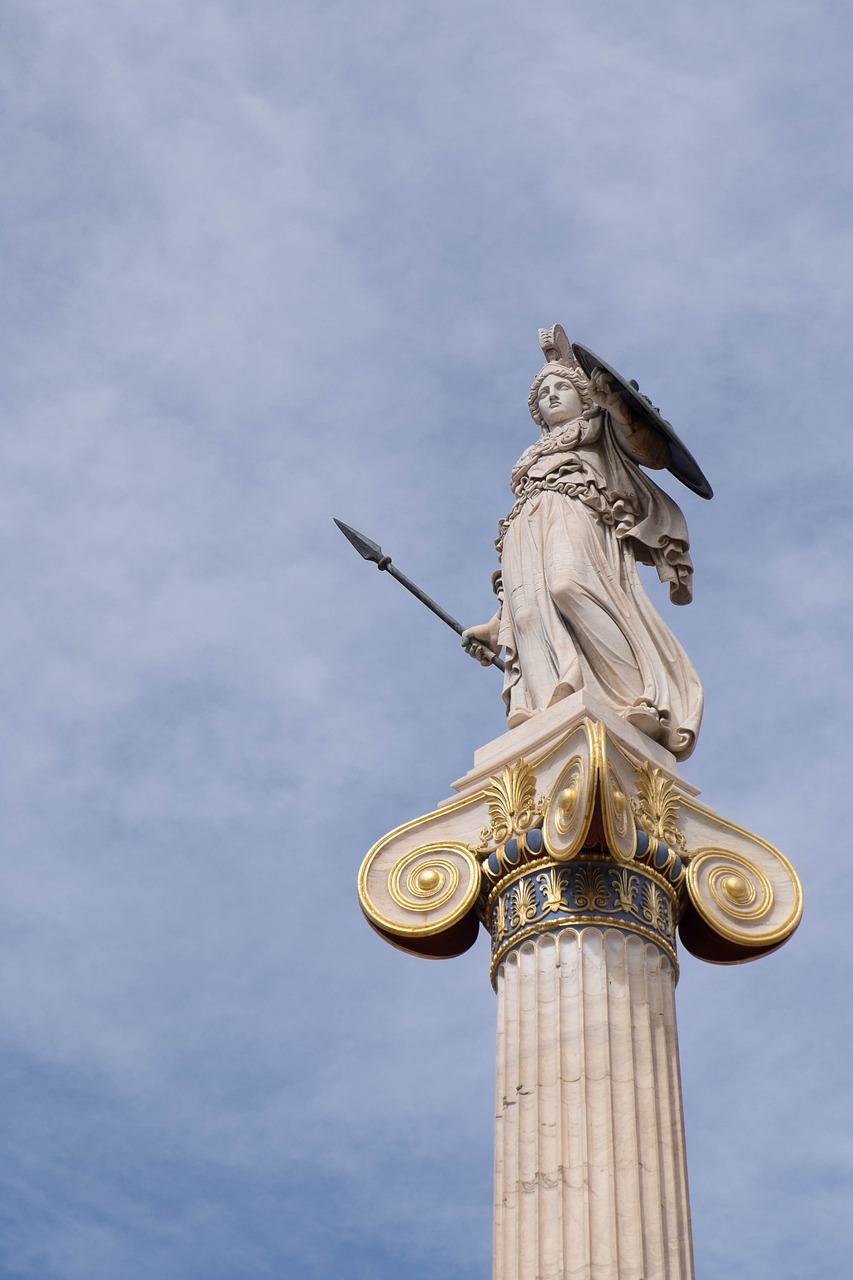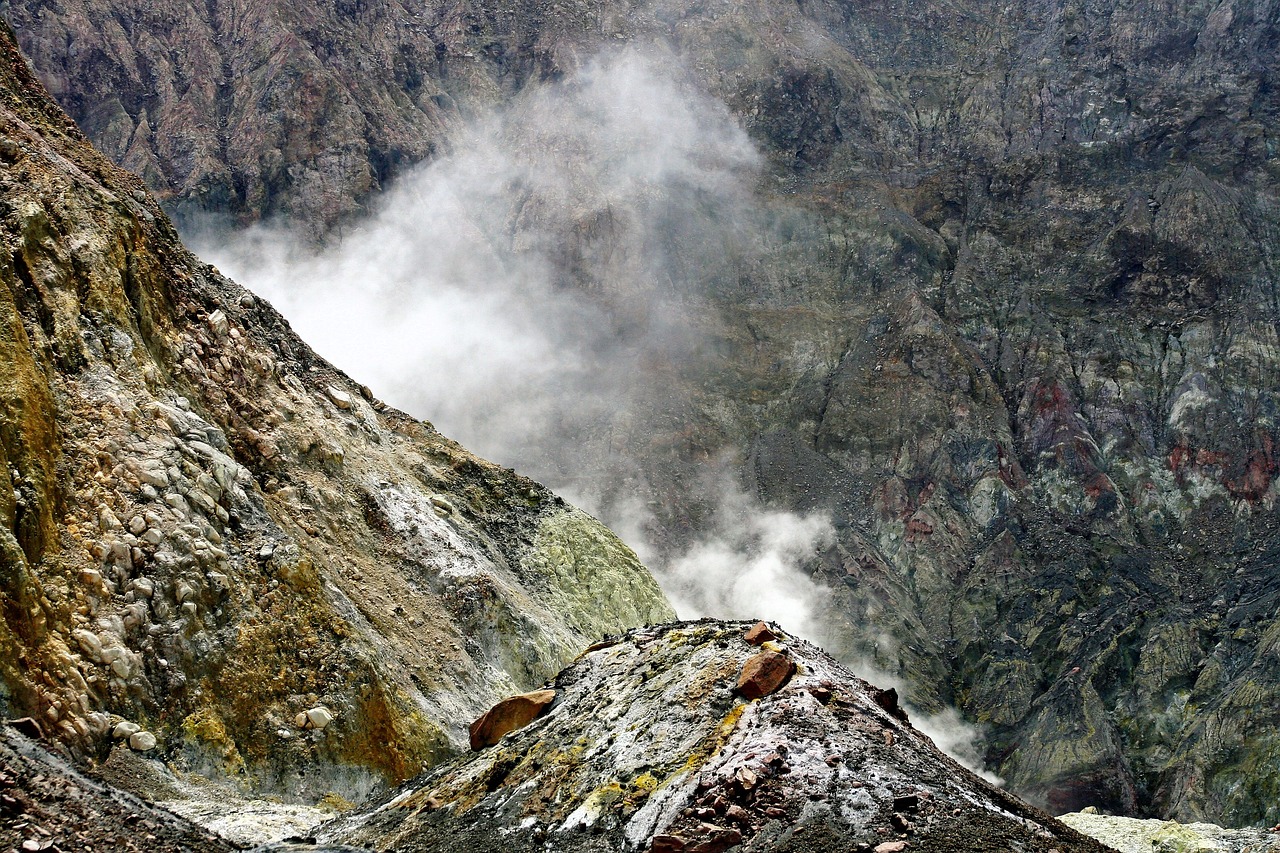Tag: Persephone
-
Greek mythology presents a captivating array of deities, each endowed with distinct narratives and characteristics. Among these figures is Persephone, whose tales weave together elements of love, abduction, and transformation. This exploration will delve into Persephone’s identity, her extraordinary powers, symbolic meanings, and her significance within the broader context of Greek mythology. Understanding Persephone Persephone…
-
Persephone: Queen of the Underworld Persephone, also known as Kore or Core, was a pivotal figure in Greek mythology, embodying both the queen of the underworld and the goddess of spring growth. As the spouse of Hades (Haides), she was honored alongside her mother, Demeter, in sacred rites known as the Eleusinian Mysteries, which promised…
-
Hades, the Overlord of the Underworld Hades, known as Haides in Greek mythology, stands as the sovereign of the underworld and the deity of the dead. He was central to the funerary customs and guaranteed the deceased their right to burial. Besides ruling the shadows of the deceased, Hades represented the concealed riches of the…
-
Demeter is a significant figure in Greek mythology, recognized as the goddess of agriculture and daughter of the titans Cronus and Rhea, while also being the sister and consort of Zeus, the sovereign of the gods. Her very name alludes to her maternal role. Though Homer makes infrequent references to her, and she is not…
-
Persephone’s Ascension: An Artistic Tribute Attributed to the renowned Persephone Painter, this exquisite terracotta bell-krater, dating back to approximately 440 BCE, is currently displayed at The Met Fifth Avenue in Gallery 153. The artwork beautifully depicts the ascent of Persephone from the underworld on its obverse side, while the reverse features a serene libation scene.…
-
Hades: The Ruler of the Underworld Hades, whose name translates to “the Unseen,” is a prominent figure in ancient Greek religion, recognized as the god of the underworld. The offspring of the Titans Cronus and Rhea, he is also the brother of renowned deities including Zeus, Poseidon, Demeter, Hera, and Hestia. The visualization of the…
-
Hades, known in ancient Greek religion as the god ruling over the underworld, was among the children of the Titans Cronus and Rhea. He shared his lineage with his siblings Zeus, Poseidon, Demeter, Hera, and Hestia. In Greek mythology, the underworld is often depicted alongside a variety of notable figures, such as Charon, the ferryman…
-
Demeter: The Goddess of Agriculture and Abundance Overview of Demeter’s Realm Demeter stands as the revered goddess of agriculture, encompassing the growth of grains such as wheat and barley. She serves as the protector of farmers, overseeing the processes of ploughing, sowing, and harvesting. Her presence is synonymous with fertile lands and generous harvests, while…
-
Demeter: The Goddess of Agriculture and Fertility Demeter stands as a vital figure among the Olympian deities, revered as the goddess of agriculture, grain, and sustenance. She is the nurturing force behind the earth’s abundant gifts, providing humanity with nourishing crops. Encapsulating her essence, Demeter often appears portrayed as a dignified woman adorned with a…
-
Hades, known as Pluto in Roman mythology, ruled the Greek underworld, representing the realm of the deceased in both Greek and Roman traditions. Unlike modern interpretations that often equate the underworld with Hell and its governing deity as a figure of malice, the ancient Greeks and Romans viewed Hades as a dark but necessary domain…










